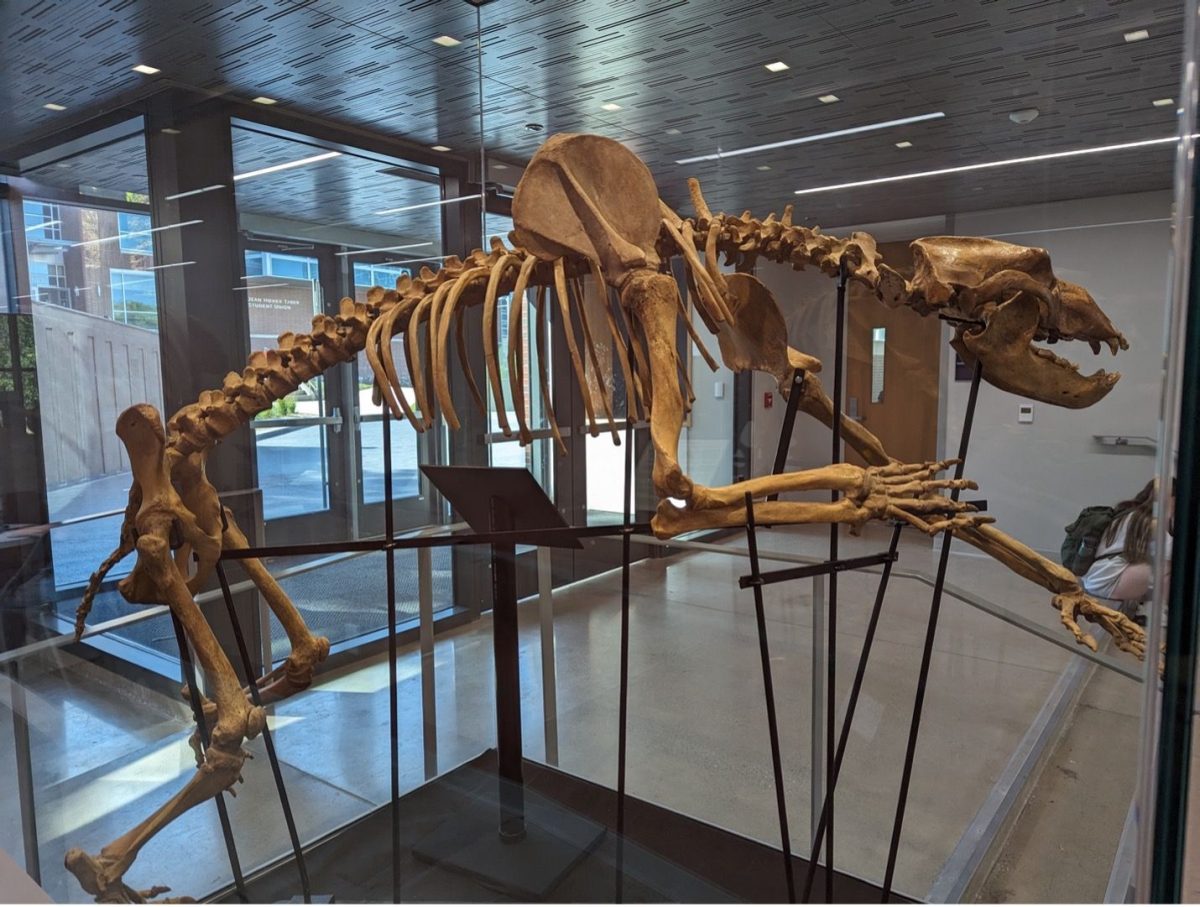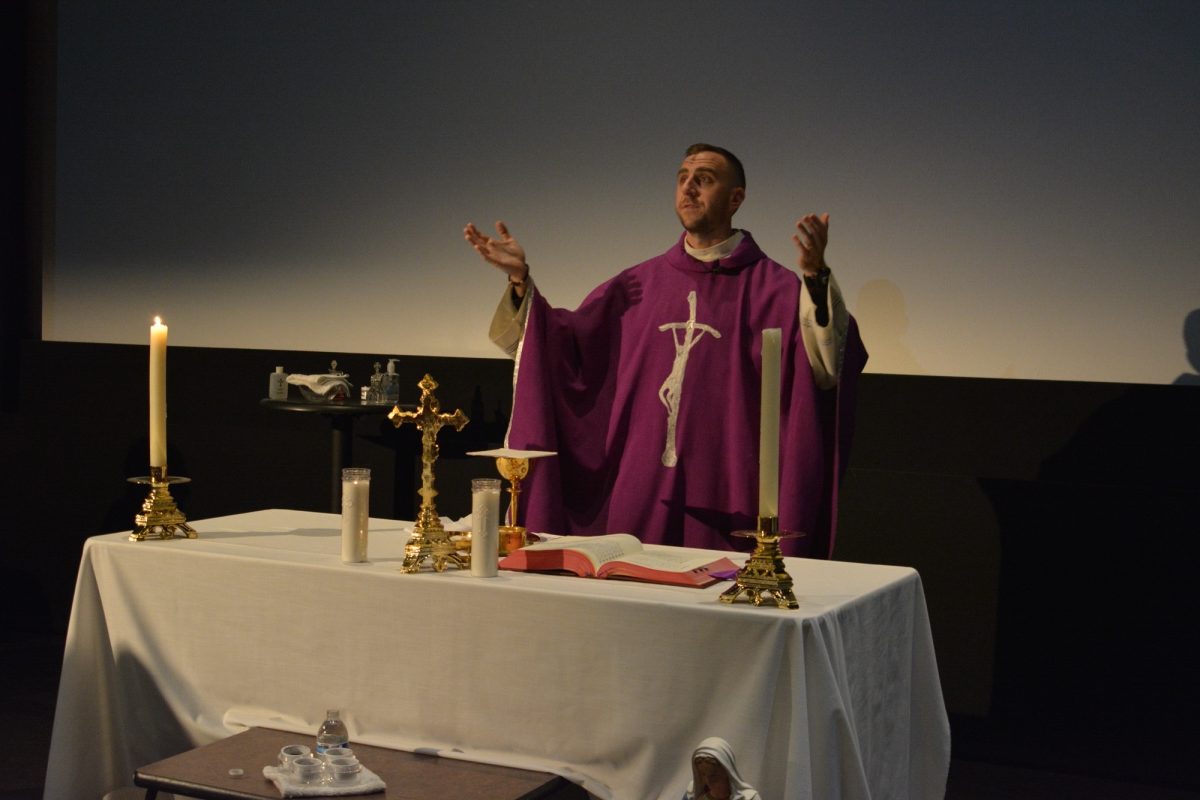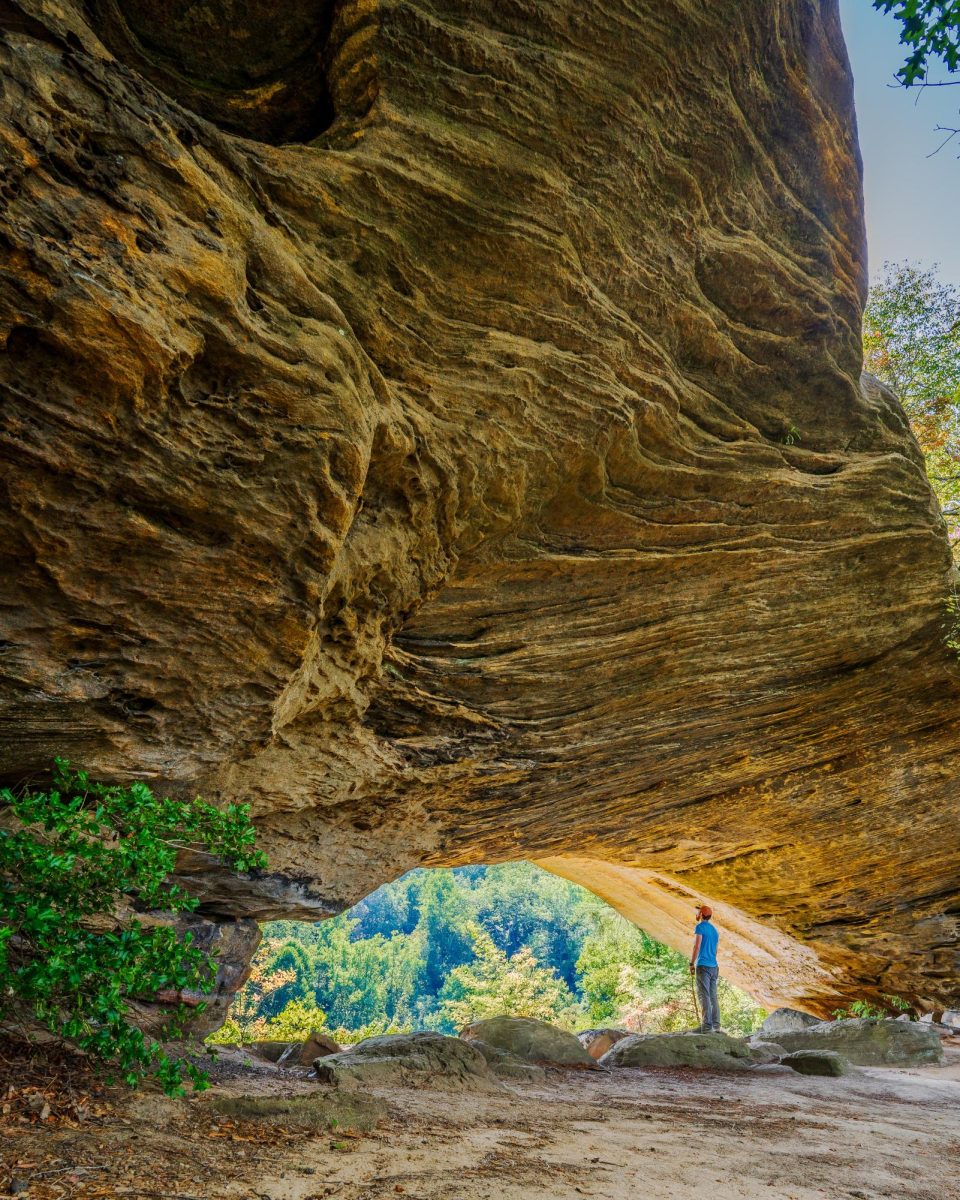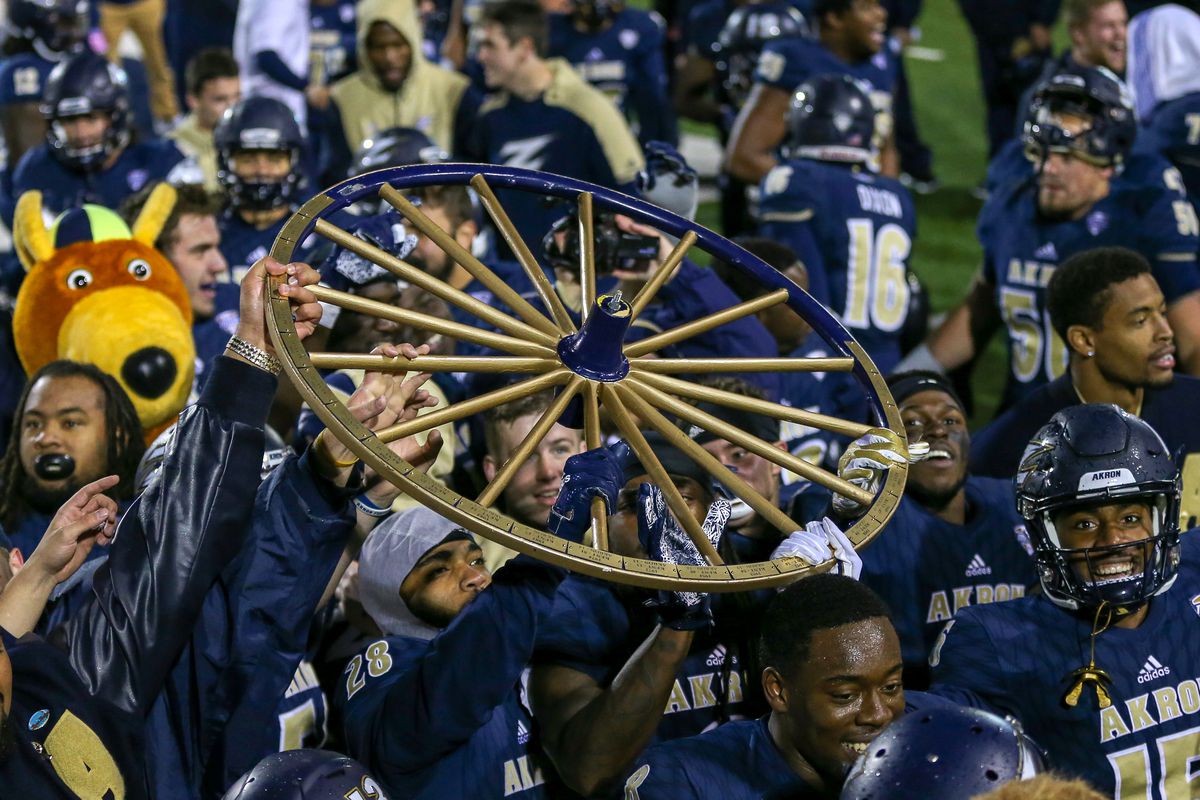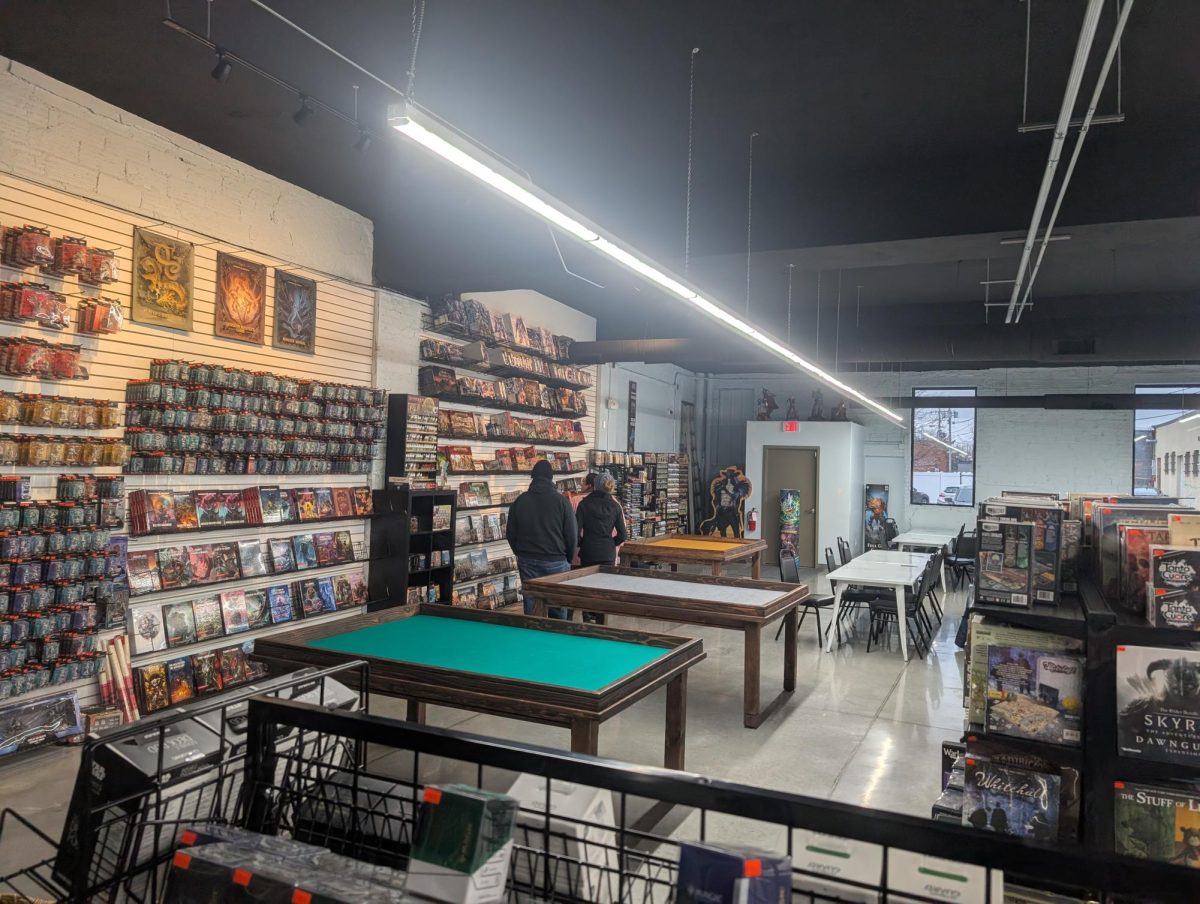Inside our very own Crouse Hall lurks one of the most feared apex predators of all time. The creature is a bear that is eight feet long and can weigh up to 1,300 pounds (according to wikipedia), though our specimen is more likely in the 500lb range. Luckily, the bear is not living but merely bones on for display within Crouse Hall. The bear is the skeleton simply referred to as the “cave bear.”
The bones you see in Crouse are real, except for some small parts.
“You can tell that the bones are real because they have the texture of bone,” UA Professor Joseph Hannibal, paleontologist, said. “The little bits that are broken off some of the bones expose the interior of the bones, which is really a network rather than a solid mass,” he said.
The same goes for human bones according to Hannibal.
“So the bones have not been replaced with plaster or another substance, except perhaps for some small bones here and there, in the front paws of the bear for instance, which may be replacements,” Hannibal said.
Why aren’t they sure?
“We have not poked all of those bones to be sure,” Hannibal said. “After all, you know about what they say about letting sleeping bears lie (or stand in this case).”
And there the bear lies, in Crouse Hall, waiting…to be named.
The Buchtel College of Arts and Sciences has partnered with The Department of Geosciences and the Geosciences Club student organization for a ‘name the cave bear’ contest. Members of the campus community can enter by submitting the best name they can think of to the online survey. The contest is going on now and will continue till this Friday, March 22.
The prize is a $100 Amazon gift card.
Submit your cave bear name here.
The cave bear is a source of much geological information. According to the description with the skeleton, the bear hails from Brasov, Romania. Brasov is a city in the Transylvania region, surrounded by the Carpathian Mountains. For those English majors out there, remember Transylvania is where the fictional Dracula originally hailed from. The skeleton was found in a cave, which is a common location for extinct animals remains can be found in Europe.
Our bear was donated by alumnus John Gifford, though we don’t know who excavated the bear. These bears lived around 10,000 to 500,000 years ago and were found in caves because they would die while hibernating.
The scientific name for our Akron cave bear is Ursus Spelaeus. Their extinction came during the Pleistocene Epoch. The cause of extinction is debatable as theories range from humans hunting them or as a result of climate cooling.
It is quite rare to have a preserved female specimen, if the bear is a female, that is.
There are many things left unknown about the bear. It is assumed our bear is female due to the measurements of the teeth, skull, and feet, but at this time, we cannot be 100% sure of the bear’s biological gender.
The geoscience students imagined things a little differently before the skeleton arrived.
“I remember when we all first saw it, most of us assumed it would be bigger,” President of the Geosciences Club Forest Pence said.“ It’s interesting to think about how modern and ancient bears compare and contrast.”
According to the co-president of the Geoscience club, Alexandra Eves, both geoscience students and non-geoscience students find the bear’s size to be interesting. This discussion shows common curiosity and interest stemming from the exhibition. Increased interest in fossils and questions about extinction have been produced since the cave bear took its place in the newly renovated lobby of Crouse Hall.
Likewise, the contest has given non-geoscience students the opportunity to learn and take an interest in the field of Geology.
Now we have the once-in-a-lifetime opportunity to name a piece of history and potentially win that gift card. How will the name be chosen?
Once names are submitted department heads will narrow down the top five names. Subsequently, the members of the Geoscience Club will decide on the final winner with a vote. According to club president Pence, humor and creativity will play a role.
“Your task is simply making up silly names for a bear,” Pence said. “Why not participate?”
Need inspiration? Go visit the bear! Students who visit Crouse hall will find the cave bear along with minerals, dinosaur bones, and expansive maps lining the walls and halls.
“What is not interesting about a cave bear?” Hannibal said. “It’s got big teeth and claws, and it is so was scary you would not like to run into it in real life. Plus you can get a selfie with it,” he said.
To submit a name one can scan the QR on the side of the cave bear exhibition located on the first floor of Crouse Hall or click this link to submit directly from this article


